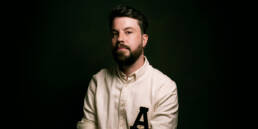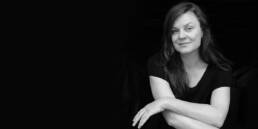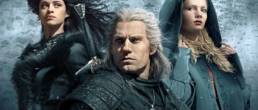
When Netflix first announced its plans for ‘The Witcher’, many fans of the eponymous videogames were equal parts thrilled and worried. The fantasy genre is and always will be difficult to adapt for the screen, and readers know it all too well. We all wondered at the time: would ‘The Witcher’ live up to the epic success of the ‘Lord of the Rings’ trilogy or ‘Game of Thrones’, or would it flop like the ‘Star Wars’ prequels?
Now that the show is currently being streamed on Netflix and was renewed for its second season even before the premiere, the reviews are in. Not all of them are kind, but that was to be expected. ‘The Witcher’ is an ambitious project, naively compared to other fantasy giants before it hit the screens and tasked with living up to or exceeding the videogame’s reputation.
Created by Lauren Schmidt of ‘Daredevil’ (2016), ‘The Defenders’ (2017) and ‘The Umbrella Academy’ (2019) fame, ‘The Witcher’ is basically a hybrid of subgenres from the fantasy arena. Some parts are excellent and bordering on spectacular, while others are confusing or dangerously close to mediocre, considering this decade’s cinematic capabilities. It’s good, but it could’ve been great.
 ‘THE WITCHER’ POSTER, ©NETFLIX
‘THE WITCHER’ POSTER, ©NETFLIX
Henry Cavill plays the hero-not-hero Geralt of Rivia, a mutated superhuman who hunts monsters for a living, trying to find his way in a world where ‘people often prove more wicked than beasts’. Given that Mr Cavill is a huge fan of the videogames and actively worked to get the lead part in ‘The Witcher’, one can tell there is plenty of passion in his performance. He takes Geralt out of the books/videogames and turns him into something bigger, something of his own making, and the viewers love him for it.
Freya Allan is a part-Elven princess named Ciri, and her coming-of-age story is slow to unfold but definitely going somewhere. Her journey marks the passage from innocence to adulthood, where the safety of home and family have been forcibly left behind. She is left to fend for herself or, worse even, take a chance and trust complete strangers. Much like in real life, that can lead to good or disastrous outcomes. Ciri represents the future generation, but her character arc is missing something, and we’re hoping she’ll get a more rounded story in the next season.
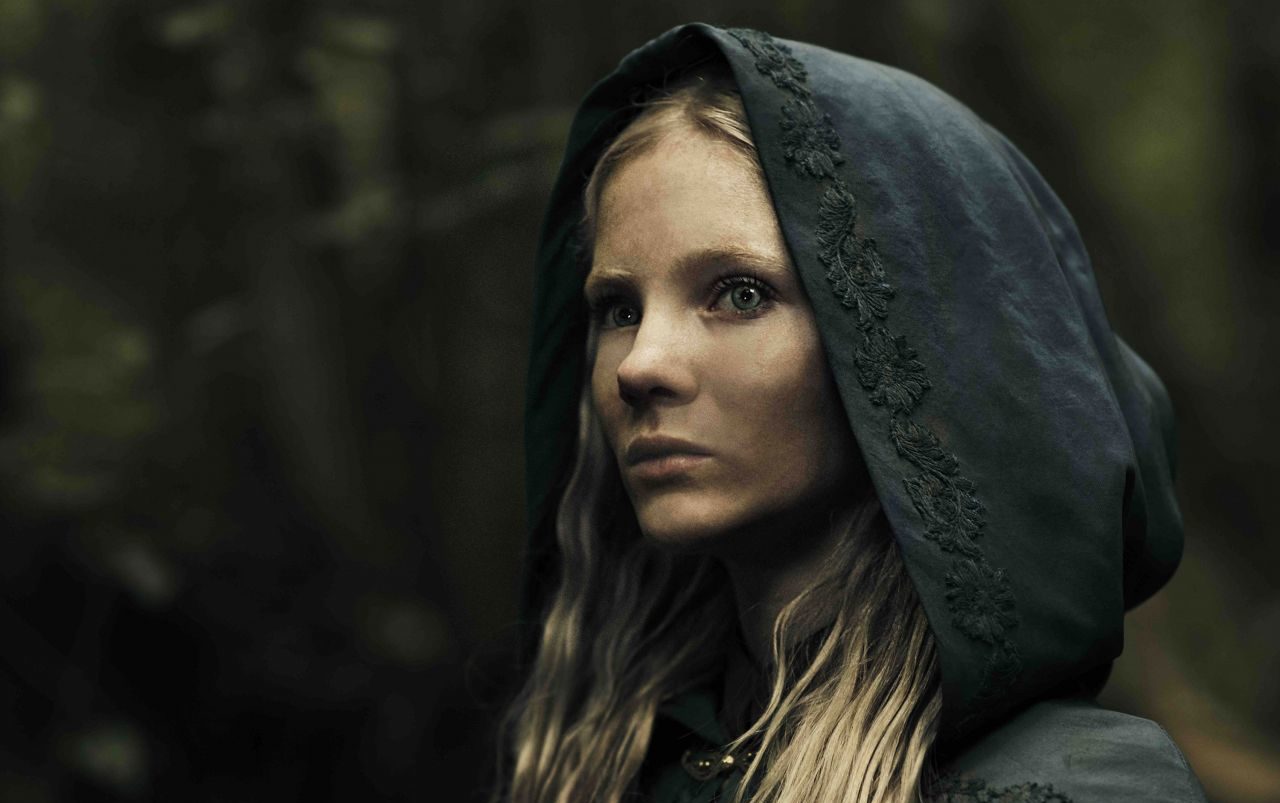 FREYA ALLEN AS CIRI IN ‘THE WITCHER’, ©NETFLIX
FREYA ALLEN AS CIRI IN ‘THE WITCHER’, ©NETFLIX
Yennefer, brilliantly portrayed by Anya Chalotra, is given plenty of room to develop, and she is certainly one of the show’s strong points. Ms Chalotra is better known for her work on ‘Wanderlust’ (2018), and while she’s still young and relatively new to the scene, she has everything she needs to make her mark. Yennefer is a complex creature with a heart-breaking backstory who makes difficult choices for the sake of power. She could’ve been better, if only her screen time had been crafted more carefully. Her desire to have a child is not an easy pill to swallow, considering the horrific dangers she’s willing to put herself through in order to become a mother in the absence of a womb she traded for magic. It’s difficult to relate to her plight on that level, but with everything else, she’s a tour de force, especially alongside Geralt.
Jaskier the Bard is supposed to play Jiminy Cricket to Geralt’s Pinocchio, but aside from a memorable tavern song called ‘Toss A Coin to Your Witcher’, Joey Batey’s character means well but falls exceptionally short. There is potential in the elder and more seasoned secondary characters—take Mousesack, Fringilla, Triss or Stregobor, for example, but their arcs are barely touched, their contribution to the story minimal, at best. Mr Sapkowski’s books were more generous.
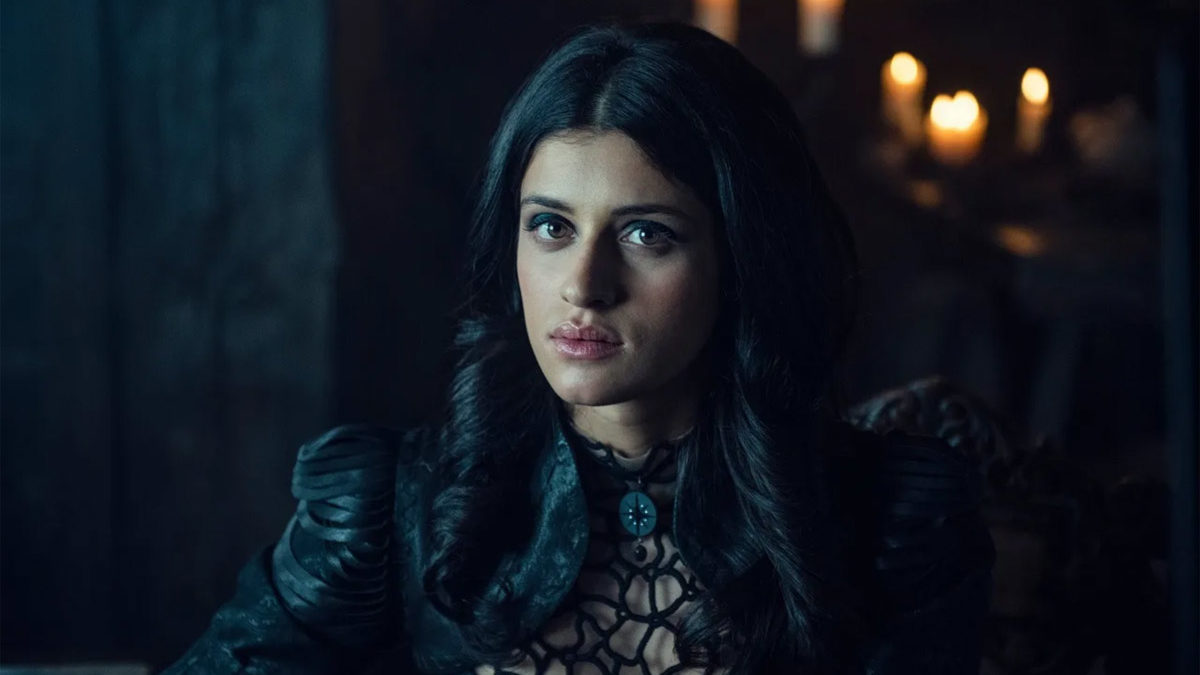 ANYA CHALOTRA AS YENNEFER IN ‘THE WITCHER’, ©NETFLIX
ANYA CHALOTRA AS YENNEFER IN ‘THE WITCHER’, ©NETFLIX
At first glance, one can safely say that ‘The Witcher’ delivers on many of the promises it has made to its viewers—most of whom are aficionados of the videogames and have read the original published works. It is, by all intents and purposes, a dark, saucy and gritty fantasy series, rife with magic and conflict, driven by interesting and multifaceted characters. There are epic sword fights, seductive witches and monsters galore.
One of its strong points is the interwoven timeline: we follow Geralt and Yennefer long before the Nilfgaardian Empire begins its bid for the north, and we also follow Ciri in the present day as she escapes from her castle and homeland, currently invaded by the Nilfgaardian armies. The way in which the story is told is worthy of praise, as the show’s creator has managed to comb through all the books and short story collections in order to take Geralt on his adventure and to drive the plot in the right direction.
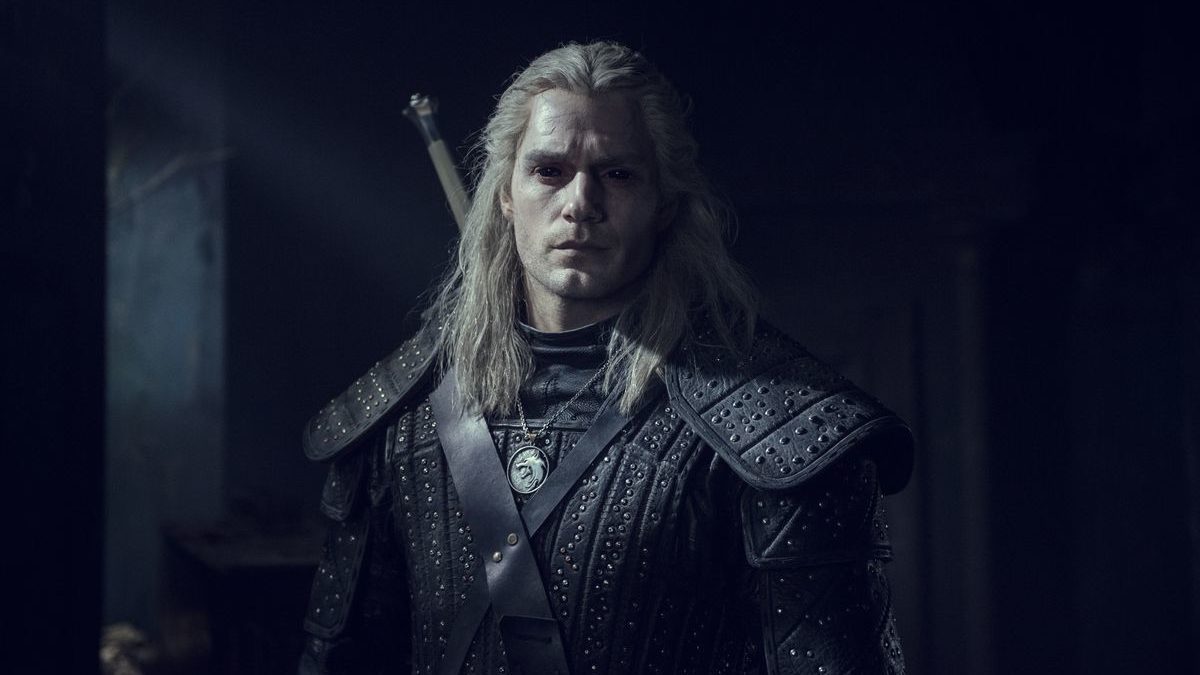 HENRY CAVILL AS GERALT IN ‘THE WITCHER’, ©NETFLIX
HENRY CAVILL AS GERALT IN ‘THE WITCHER’, ©NETFLIX
The visuals are exquisite. Gavin Struthers of ‘The Alienist’ (2018), ‘Nightflyers’ (2018) and ‘Downton Abbey’ (2011), and Jean-Philippe Gossart of ‘Fantastic Beasts and Where to Find Them’ (2016), ‘Star Wars: Episode VIII’ (2017) and ‘The Legend of Tarzan’ (2016), do a marvellous job in terms of cinematography. Most importantly, the panoramic views and the gloomy forest imagery do more for the worldbuilding than the actual screenplay. Hungary has plenty to offer in terms of stunning landscapes, mysterious forests and old castles. The production value is obvious in pretty much every exterior shot.
Sonya Belousova and Giona Ostinelly have worked together before, composing scores for ‘The Romanoffs’ (2018), ‘Sacred Lies’ (2018), ‘The Mist’ (2017) and ‘Reprisal’ (2018), so seeing them team up on ‘The Witcher’ made sense. A dark fantasy needs an equally dark and intense score, and the duo rise to the challenge with a bewitching and diverse composition. It’s easily one of the show’s strong points.
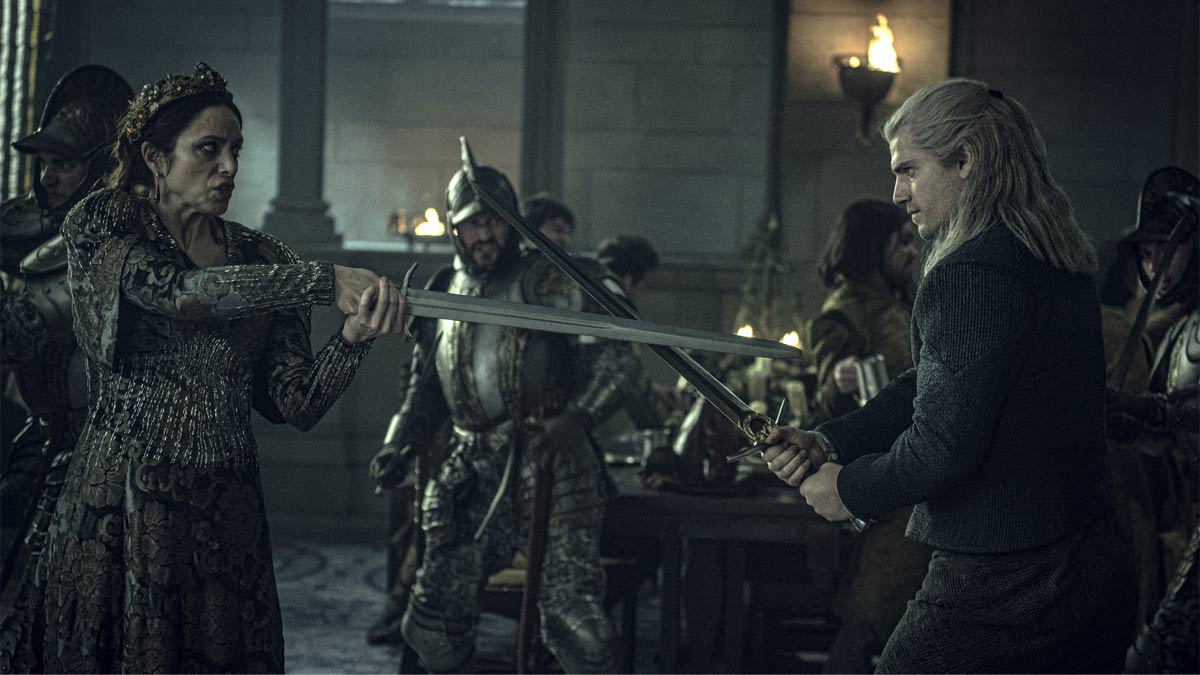 JODHY MAY AS QUEEN CALANTHE AND HENRY CAVILL AS GERALT IN ‘THE WITCHER’, ©NETFLIX
JODHY MAY AS QUEEN CALANTHE AND HENRY CAVILL AS GERALT IN ‘THE WITCHER’, ©NETFLIX
Unfortunately, ‘The Witcher’ also falls flat in crucial parts of the story and on important aspects of its characters, but the source material bears some of the blame. From a perception point of view, it should have never been compared to ‘Game of Thrones’ in the first place. The worldbuilding in David Benioff and D.B. Weiss’s adaptation of George R.R. Martin’s novels is virtually flawless because Mr Martin took the time to explore the cultural details that set each of the kingdoms apart. His characters speak in certain languages and with specific mannerisms. There are laws and traditions in place, along with a homogenous visual attribute in terms of fashion and costumes, nations and cultures, as well as in terms of landscape, weather and architecture.
It is impossible to confuse House Lannister with House Stark, for example. It is easy to make the difference between the north and the south, between Winterfell and King’s Landing. We know how Valyrian sounds, as opposed to Dothraki. A lot of work went into every detail that built the realm of ‘Game of Thrones’. ‘The Witcher’ never got that far or deep into its world, and we’re therefore left with plenty of gaps and a superficial universe, at best.
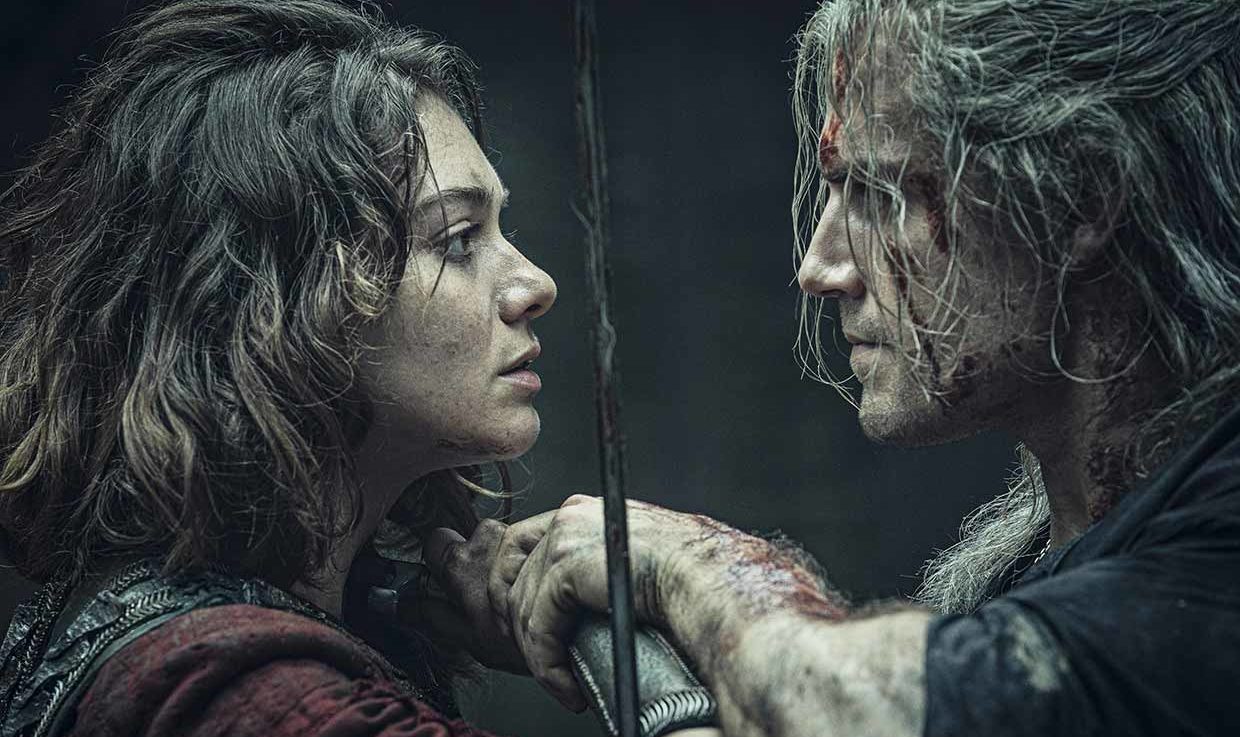 EMMA APPLETON AS RENFRI AND HENRY CAVILL AS GERALT IN ‘THE WITCHER’, ©NETFLIX
EMMA APPLETON AS RENFRI AND HENRY CAVILL AS GERALT IN ‘THE WITCHER’, ©NETFLIX
How did the worlds collide? There’s a mention of it as ‘the Conjunction of the Spheres’, of how elves and monsters and humans ended up sharing this planet, but what of those who’ve not read the books or played the videogames? What is the Continent like? How can we tell the north from the south or the east? There is very little attention paid to the cultures and nations that make up this world and it shows. The lack of homogeneity cannot be covered with grunts and expletives, and the bane of every fantasy story is that it must feel realistic. Sure, elves aren’t real, but the writers have to make us believe that they are—after all, we wholeheartedly bought dragons like Drogon, Rhaegar and Viserion. We bought Legolas, Galadriel, Elrond, Arwen and all the other elves from J.R.R. Tolkien’s masterpiece. We’re having a hard time doing the same with ‘The Witcher’.
The characters’ names are rather difficult to remember, too, and that can easily push people away from a story. Andrzej Sapkowski was clearly looking up to Mr Tolkien for many of the elements in his Witcher saga, but he didn’t stick the landing on character names—of course, we have no trouble remembering the main heroes Yennefer, Geralt and Ciri, but everyone else’s can easily slip the mind. It might seem like a small issue, but for the millions of people who haven’t read his books and still want to watch and love ‘The Witcher’, it’ll play a negative part.
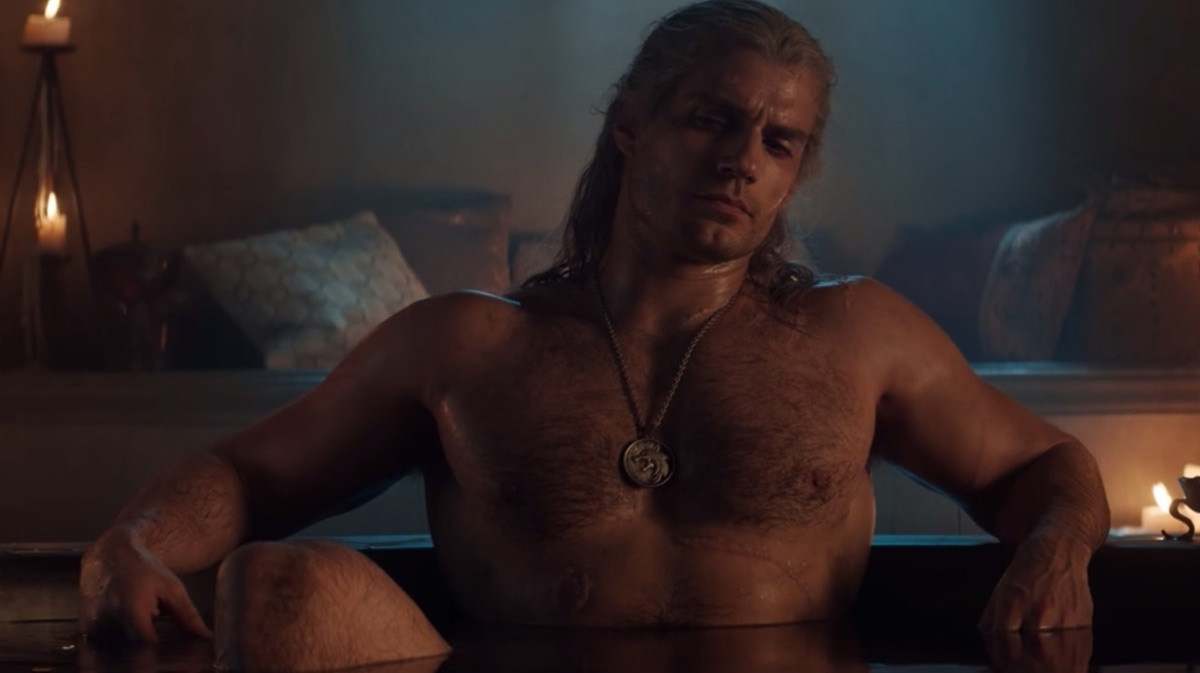 HENRY CAVILL AS GERALT IN ‘THE WITCHER’, ©NETFLIX
HENRY CAVILL AS GERALT IN ‘THE WITCHER’, ©NETFLIX
On the plus side, the pilot episode fight scene from Blaviken was beyond exquisite. Perhaps one of the best in this decade’s worth of film and television. The smooth melange between fast cuts and slow motion, paired with Geralt’s close combat and swordsmanship skills offers a truly superb action sequence, worthy of all praise. It’s a pity we didn’t see more in the same style throughout the rest of the season.
The monsters’ CGI is sloppy, at best. Given this era’s technological advances and the beast’s importance to Geralt’s existence in the story, we should be able to put a little bit more effort into otherworldly creatures like the Striga, the Kikimora, the Krallach or the other grotesque protagonists of ‘The Witcher’. It’s one more reason why comparisons to ‘Game of Thrones’ should be swiftly disregarded. The two fantasy series will never be in the same league, regardless of original aspirations and general assumptions.
At the end of season 1, one can see why Netflix has decided to renew the series. It has all the ingredients it needs to build a loyal following—though the base is pre-existing thanks to the videogames. It’s the others who might not click play when season 2 comes out, mostly for the reasons above.
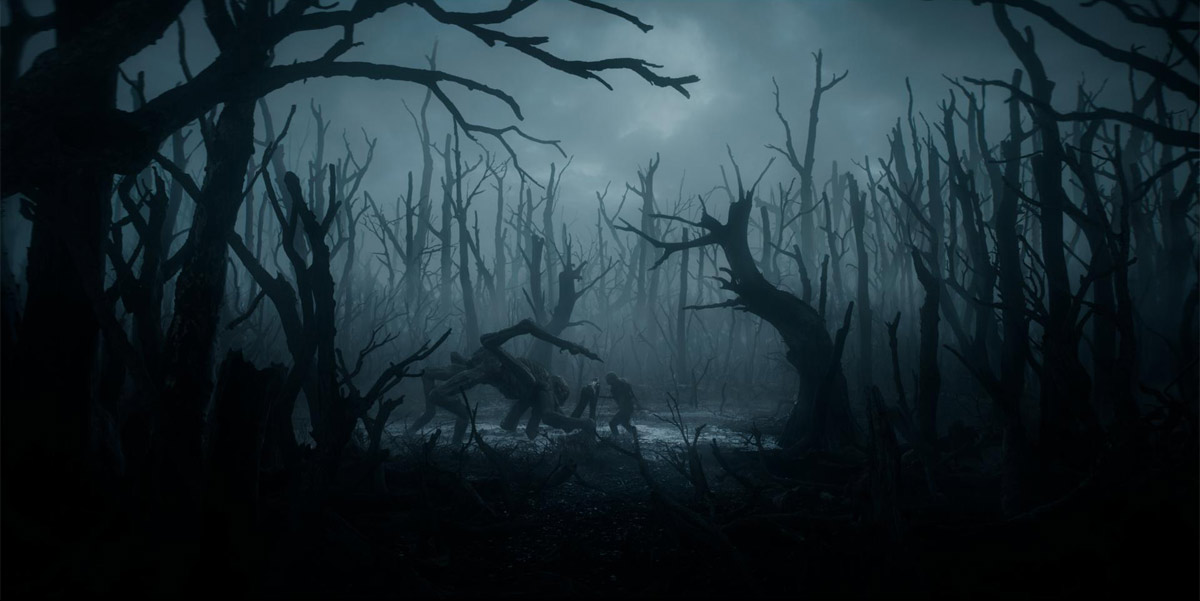 ‘THE WITCHER’, ©NETFLIX
‘THE WITCHER’, ©NETFLIX
Yes, we are glad to see more fantasy on our screens, and we hope there will be more, soon enough. But ‘Lord of the Rings’ and ‘Game of Thrones’ have elevated the bar and it is difficult to rise to the same standard. Not impossible, just more tedious and definitely expensive. That being said, ‘The Witcher’ is rumoured to drive an $80-90 million budget. Not exactly pennies, but definitely enough to strengthen their creative force.
Maybe season 2 will bring us ampler worldbuilding details, sturdier character arcs and better monster CGI designs, along with fewer clichés and a less choppy dialogue. There is potential in this series, but the team behind this project must strive to surpass Mr Sapkowski’s literary works and expand Geralt’s universe into something more immersive and realistic. The formula itself isn’t difficult, but the devil is and will always be in the details.
Jules R. Simion
Jules is a writer, screenwriter, and lover of all things cinematic. She has spent most of her adult life crafting stories and watching films, both feature-length and shorts. Jules enjoys peeling away at the layers of each production, from screenplay to post-production, in order to reveal what truly makes the story work.
An Interview with Anna Drubich
Anna Drubich is a Russian-born composer of both concert and film music, and has studied across…
A Conversation with Adam Janota Bzowski
Adam Janota Bzowski is a London-based composer and sound designer who has been working in film and…
Interview: Rebekka Karijord on the Process of Scoring Songs of Earth
Songs of Earth is Margreth Olin’s critically acclaimed nature documentary which is both an intimate…
Don't miss out
Cinematic stories delivered straight to your inbox.
Ridiculously Effective PR & Marketing
Wolkh is a full-service creative agency specialising in PR, Marketing and Branding for Film, TV, Interactive Entertainment and Performing Arts.

